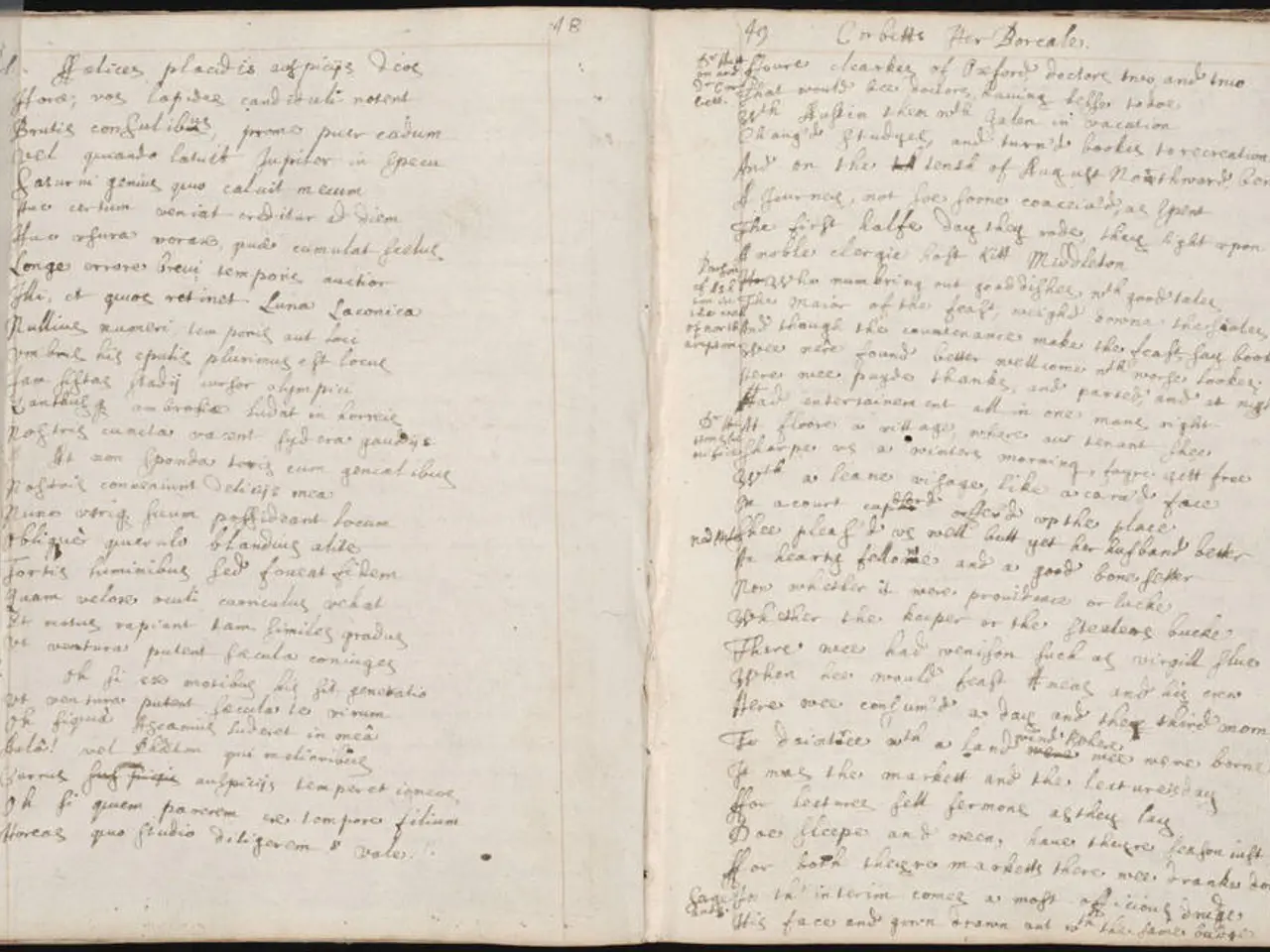Learning Pathways: An Overview
At Princeton University, students have the opportunity to delve deep into unique and unexplored topics through reading courses. These courses, which can reach JP- and thesis-level quality, allow for in-depth, independent research.
To propose and set up a reading course, follow these key steps:
- Identify the academic department relevant to your course topic.
- Contact a faculty member willing to supervise or co-teach the reading course.
- Develop a detailed syllabus, including course objectives, readings, assignments, and grading criteria.
- Submit the course proposal to the department curriculum committee or equivalent for approval.
- Coordinate with the Registrar and academic advising offices to officially list the course and enroll students.
These steps align with Princeton’s emphasis on faculty involvement and academic unit authorization for courses and events. Academic units, faculty members, and recognized student organizations are authorized to organize academic activities, including proposing courses or seminars.
For official recognition and registration of the course, it is necessary to comply with university policies and submit the proposal through appropriate academic channels. The Reading Course Application and Proposal Portal is used to submit information about the course content, schedule of assignments, grading scheme, meeting time, and professor signatures.
Reading courses must meet for at least 2.5 hours per week and include at least two written assignments. They are specially designed courses not offered as part of the Princeton curriculum and count for academic credit. Students can take a maximum of three reading courses for credit during their time at Princeton.
These courses provide students with individually-focused advice from the professor, balancing independent research with a structured, classroom setting. They can fulfill departmental and certificate requirements, and students can select their own topics.
If you are a student interested in an independent reading course, it is especially important to engage early with your academic advisor and the relevant department to navigate the approval process. For more detailed instructions and forms, check Princeton’s official websites or department pages, or contact the relevant department’s undergraduate office.
Sources:
[1] Princeton University, Office of the Dean of the College, "Applying for a Lectureship" (https://www.princeton.edu/~oac/resources/lectureships/)
[2] Princeton University, Office of the Dean of the College, "Academic Units and Faculty" (https://www.princeton.edu/acad-gov/policies/academic-units-and-faculty/)
[3] Princeton University, Office of the Dean of the College, "First-Year Seminars" (https://www.princeton.edu/~fys/about/index.xml)
- Taking advantage of the senior thesis opportunity or the junior paper, students can initiate and organize reading courses in areas they are passionate about, fostering personal growth, education-and-self-development, and learning, while also contributing to their academic records.
- Engaging in a reading course at Princeton University facilitates learning through unique topics, independent research, and personalized guidance, making it an effective avenue for both personal-growth and a comprehensive education.




